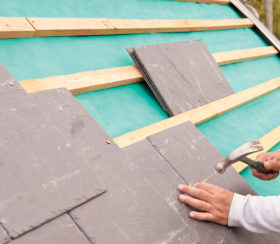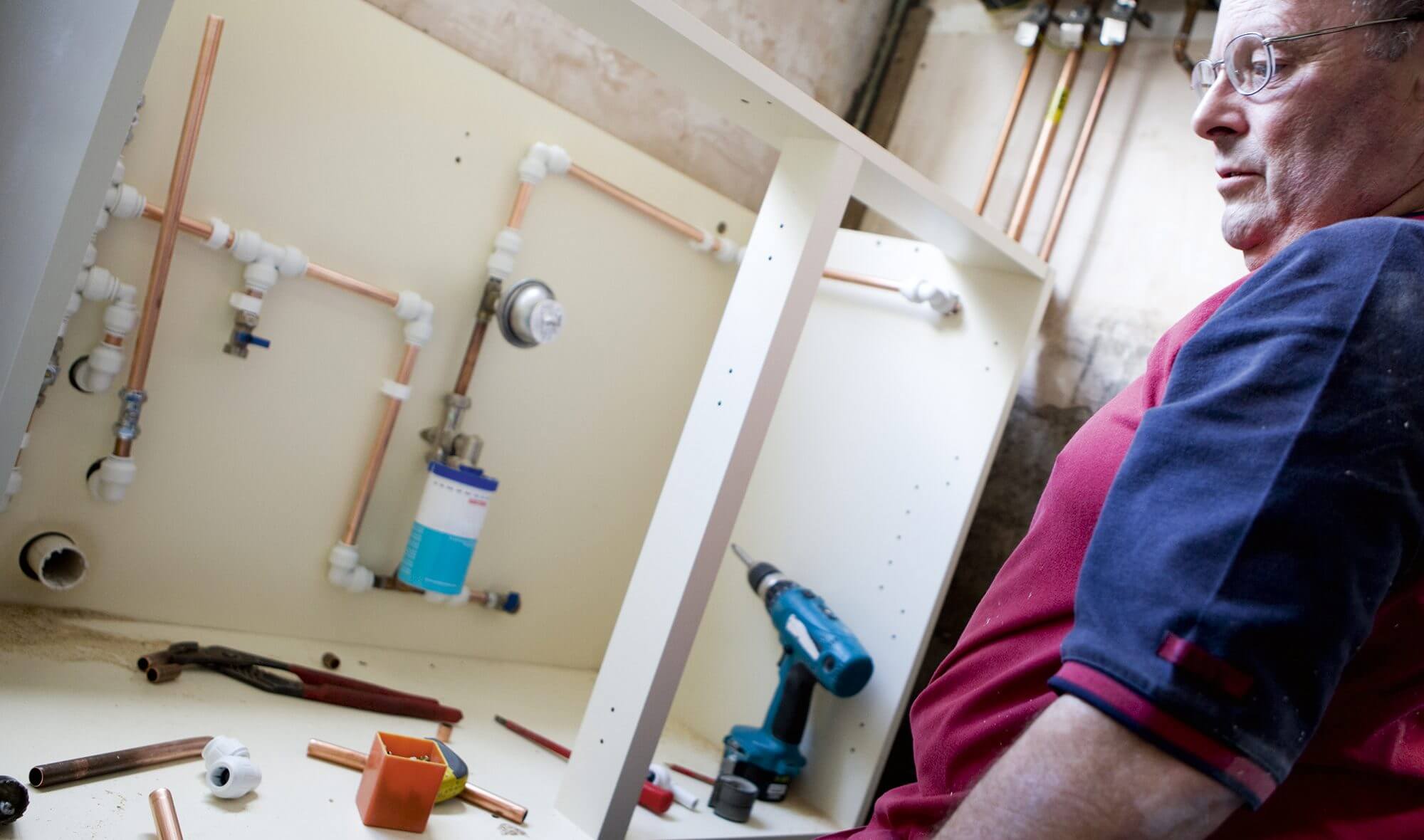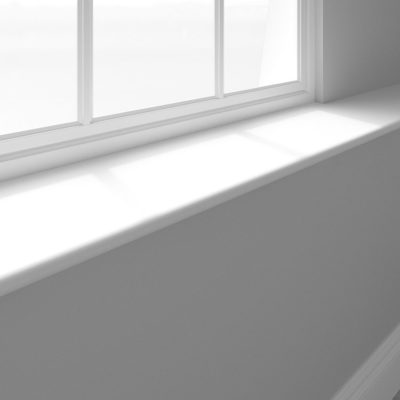Push-Fit Plumbing: What Can Go Wrong?
Push-fit or quick-fit plastic plumbing has been around for some time, and has gradually taken a sizeable share of the water supply materials market – both in the self-build and renovation sector, and for commercial developments.
Despite some initial teething problems, the technology has come on immensely, and many die-hard traditional plumbers have now moved across to this system.
The benefits of push-fit plumbing
A key advantage of push-fit is that it allows for much quicker installation than traditional connections. That’s because it’s easier to cut, more flexible when it comes to threading through the building structure and – of course – the joints are much faster to make.
Typically, the push-fit connectors feature an ‘O’-ring seal and metal-toothed grab ring to secure the pipe and form a watertight seal. The system is interchangeable between plastic and copper. This flexibility means it can be used in refurbishments, as well as for temporary connections.
The benefit of sticking with plastic, however, is that it won’t scale up in hard water areas. What’s more, the elasticity of this kind of pipe reduces the likelihood of bursting in freezing conditions (although they should still be lagged for protection). The plastic pipe can also be easily changed or repositioned if necessary.
One advantage people tend to be less aware of is that the system is also useful – and in fact preferable – where you cannot use ‘hot work’ (ie welding or burning methods). Examples of this include projects around properties that feature thatched roofs or straw bales. In such cases you may be required by your contractor’s insurance and/or your site insurance to use push-fit.
The drawbacks
When specified and installed correctly, there’s no doubt that this system is incredibly fast to fit. This means the greater up front expense of the materials can be clawed back through reduced labour requirements.
Yet there are some considerations to bear in mind. Firstly, plastic pipework cannot be used for gas or oil supplies, or within the first metre of a gas boiler – nor is it suitable for compressed air setups. You’ll also need specialist tools to cut the pipe, although the same could be said of copper arrangements.
Visually, push-fit connections are much bulkier than their traditional counterparts. So whilst you can mix copper and plastic together, if there’s a lot of exposed pipework you might prefer to stick with the former.
Common pitfalls
Problems can come if installation isn’t done properly since, as with any service of this nature, there’s a risk it could burst or come apart, causing expensive water damage. So it’s vital you ensure anyone working with push-fit on your project has been trained appropriately, has the right insurance and takes due care when doing the job. Certainly, don’t take on the work yourself if you’re not confident.
Whoever undertakes the installation, it’s important to ensure the system is pressurised and triple-checked for leaks. Even small errors on the part of the fitter can lead to significant repercussions should a leak start, as water damage can easily cost thousands of pounds to resolve.
Through my work, I’ve seen a growing number of claims for escape of water via leaking push-fit systems, often during the construction phase. In the last 12 months, one specialist insurer has paid over £1,000,000 on a recently-finished iconic London building, for instance. A claim in a care home involved £500,000 worth of damage, and I know of two situations where self-builders made claims of over £200,000 each.
Whilst the cost of leaks will usually be much lower than this in domestic environments, it’s worth noting that an escape of water can do more than simply damage materials. If it happens during the construction stages, for instance, it could set your project back by several months – leaving you with the extra stress and cost of delays.
These issues have begun to feed down to domestic building insurers, and some may charge a higher excess where these systems are used or even not extend cover at all. So it’s worth checking with your current insurance provider whether they will accept this method and material – especially if you’re tackling an extension, loft conversion or refurbishment.
Andy Butchers is a building surveyor with over 25 years’ experience in the construction industry – and regularly shares his knowledge to help self-builders and renovators avoid and overcome issues on their projects. He is a director of Build-Zone Survey Services, which provides technical services for a number of warranty providers. Call 01732 744186 or visit www.bzss.co.uk to find out more.



































































































 Login/register to save Article for later
Login/register to save Article for later













Comments are closed.